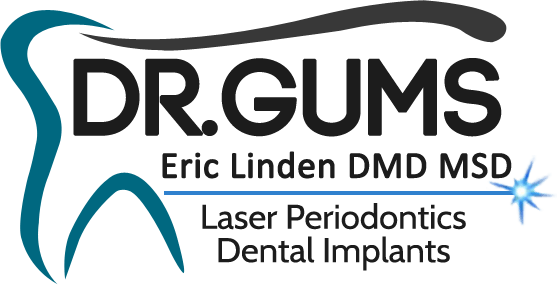CHICAGO – November 21, 2005 – Pregnant women will want to include a periodontal evaluation as part of their prenatal care. That’s because researchers found that periodontal treatment significantly reduced the risk of having a preterm birth or a low birthweight infant, according to a study published in the Journal of Periodontology. Study Abstract *
“We found a significant association between gingivitis and preterm birth after adjusting for the major risk factors for preterm delivery, suggesting that gingivitis, the earliest form of periodontal disease, is an independent risk factor for preterm birth and low birthweight,” said Dr. Néstor J. López, Professor of the University of Chile. “Periodontal therapy reduced preterm birth and low birthweight infant rates by 68 percent in women with pregnancy-associated gingivitis.”
This is in concordance with two other intervention studies in which periodontal treatment reduced the incidence of preterm births and low birth weight infants between 71 percent and 84 percent in pregnant women with moderate to severe chronic periodontitis.
“Ideally, women should begin their pregnancy without periodontal infections, and they should be educated and motivated to maintain a high level of oral hygiene prior to and throughout pregnancy,” said López. “If periodontal infection is diagnosed at any time during pregnancy, the treatment should be administered as soon as possible in order to reduce the risk of preterm birth and low birthweight.”
“Pregnancy-associated gingivitis is a preventable and easy to treat disease,” explains Kenneth A. Krebs, DMD and AAP president. “Although it is still not known what are the precise mechanisms involved in the association between periodontal infections and preterm birth, to date, no harmful damaging effect caused by periodontal intervention in pregnant women has been reported.”
High health care costs are generated by preterm birth, and any strategy that reduces the preterm birth rate is likely to produce both health and economic benefits for mothers and infants. “The real cost saving is best represented by the lives of children saved from premature death and biological and social impairment,” said Lopez.
Researchers from Chile conducted this trial in a population of 870 pregnant women at low risk for preterm birth and low birthweight. Upon entering the study, all women received a full-mouth periodontal examination and the following variables were measured:
- Gingival inflammation
- Probing depth
- Clinical attachment level
- Oral hygiene status was assessed
- Percentages of surfaces demonstrating plaque
- Bleeding on probing (In this study bleeding on probing was selected as the variable describing gingivitis, the earliest stage of periodontal inflammation.)
Researchers divided the women into two groups—a control group and a treatment group. Women in the treatment group received periodontal therapy before 28 weeks of gestation, and maintenance therapy was provided every two to three weeks until delivery. The periodontal therapy consisted of plaque control instructions, supragingival and subgingival scaling and crown polishing. At the beginning of treatment, each woman was provided with toothbrushes and chlorhexidine and instructed to rinse once a day with .12% chlorhexidine until delivery. Women in the control group were monitored two to three times during pregnancy and repeated periodontal examinations were performed after 30 weeks of gestation to assess changes in periodontal status.
A referral to a periodontist in your area and free brochure samples including one titled Women and Periodontal Disease are available by calling 800-FLOSS-EM or visiting the AAP’s Web site at www.perio.org.
About the AAP
The American Academy of Periodontology (AAP) is the professional organization for

